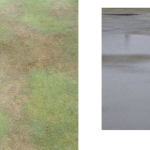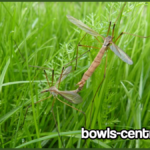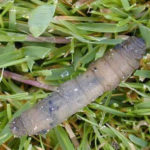
Localised Dry Patch is a common problem on greens in summer and it can take a while to conquer it. Could some of our traditional management practices be making it worse?
Create a healthy living green environment. This question is an amalgamation of upwards of 50 similar search queries on the site this month. Essentially what these readers are looking for is a cure for Localised Dry Patch. As regular readers will know, using the word “cure” in Bowling Green Maintenance is an example of “Symptoms …

Grasses employ a range of physical, chemical, and indirect defences to protect their roots from insect herbivores. Further research is needed to fully understand these mechanisms and to explore other potential defences, but meantime, we can take some of this knowledge and apply it now to our greenkeeping practices.

TL;DR: Greenkeepers are facing increasing challenges due to climate change, outdated practices, and pest infestations. While Chlorantraniliprole-based insecticides might offer a quick and temporary fix, they disrupt soil microbiology and pose environmental risks. The withdrawal of pesticides, however, presents an opportunity to work smarter and in harmony with nature.
Chitin, found in insect exoskeletons and fungal cell walls, plays a crucial role in soil health. When broken down into chitosan, it enhances plant growth, improves soil structure, and stimulates beneficial soil microorganisms. However, conventional greenkeeping can disrupt these natural processes, leading to a deficiency of beneficial substances like chitosan.
By reducing reliance on artificial inputs and reintroducing natural substances like chitosan, we can restore the soil's natural balance and promote healthier, more resilient turf. Chitosan enhances plant growth and productivity through soil conditioning, plant health stimulation, microbiological associations, biocontrol, and bioremediation. Thus, chitosan plays a multifaceted role in the soil ecosystem, contributing to soil health, plant growth, and disease and pest resistance.